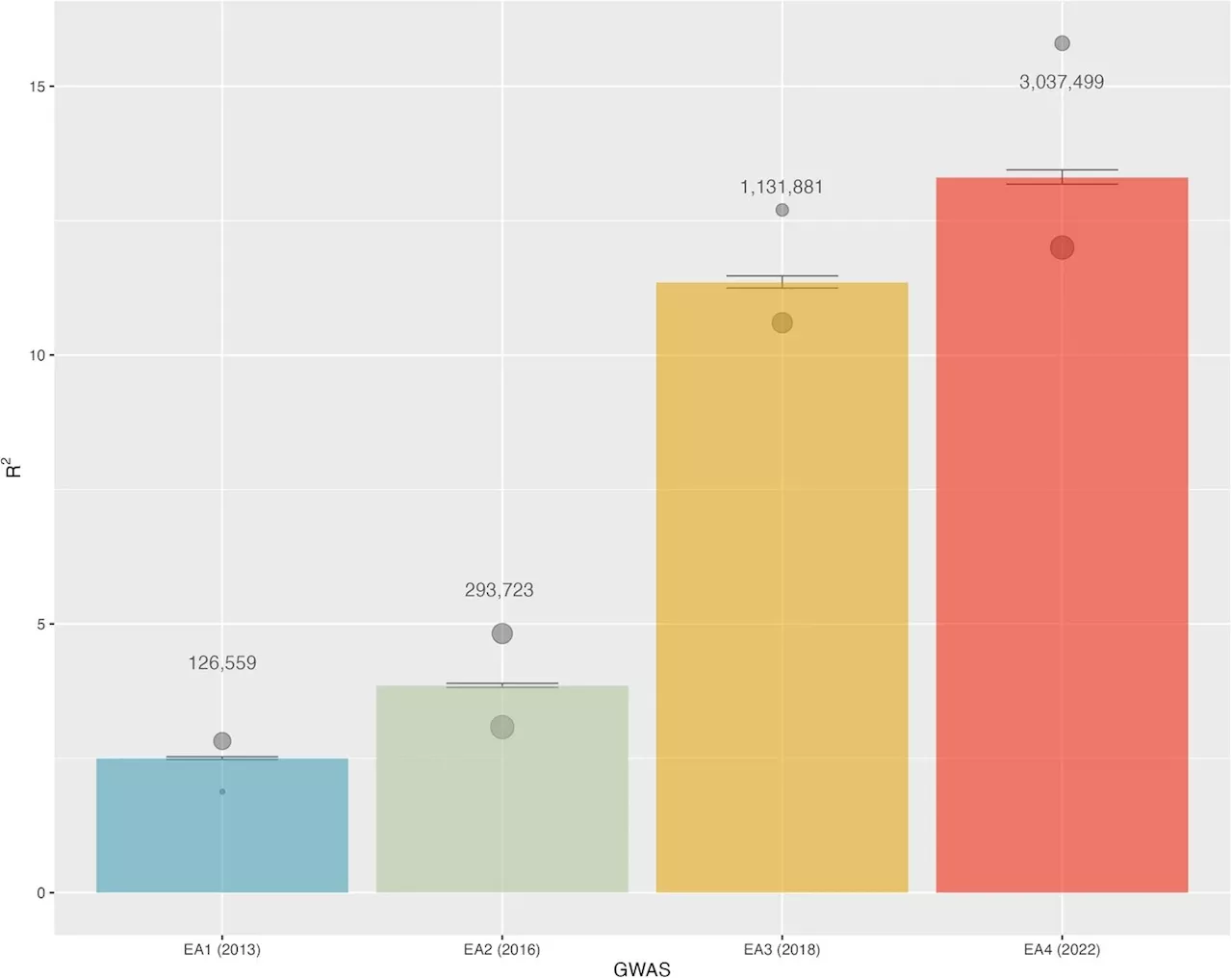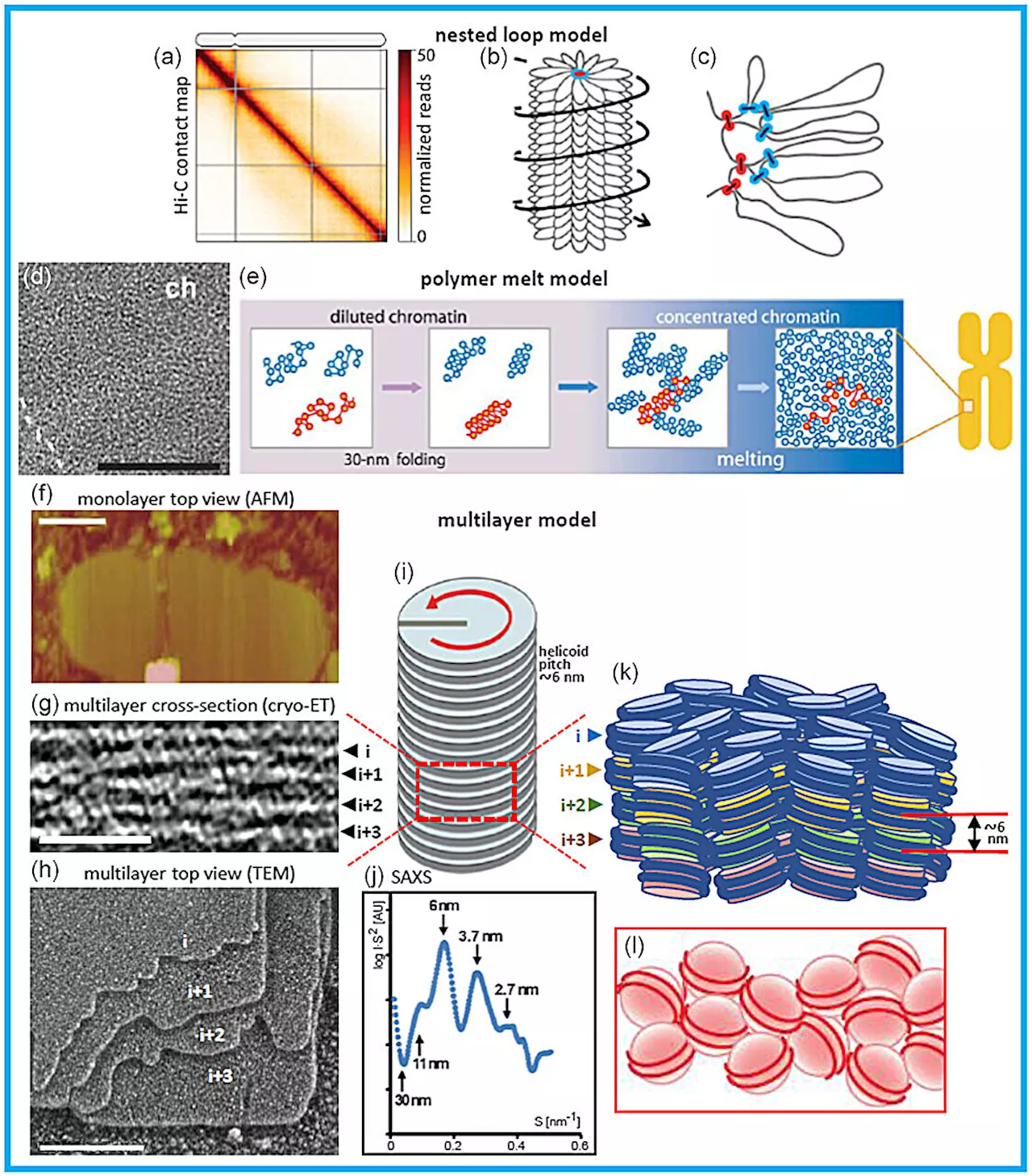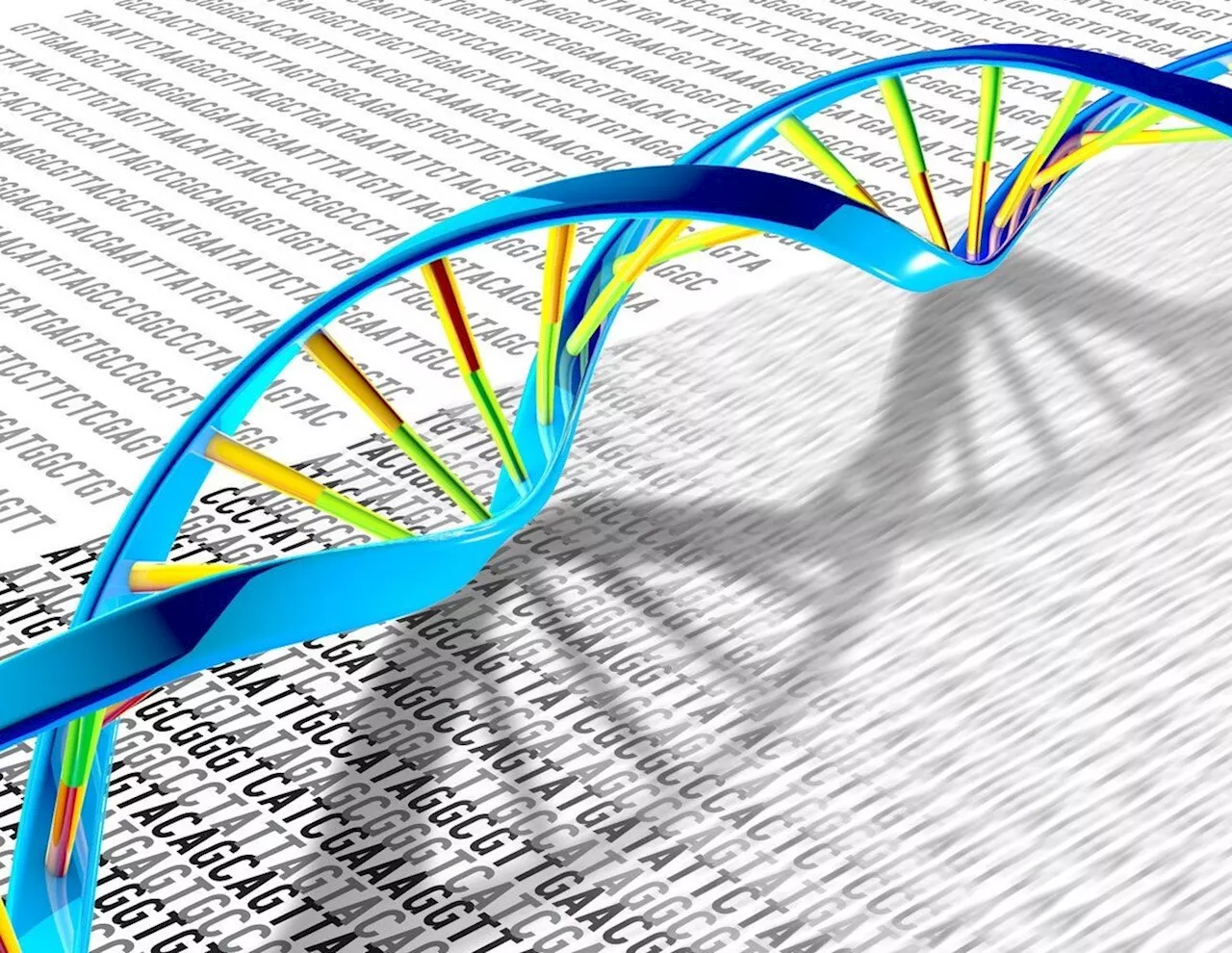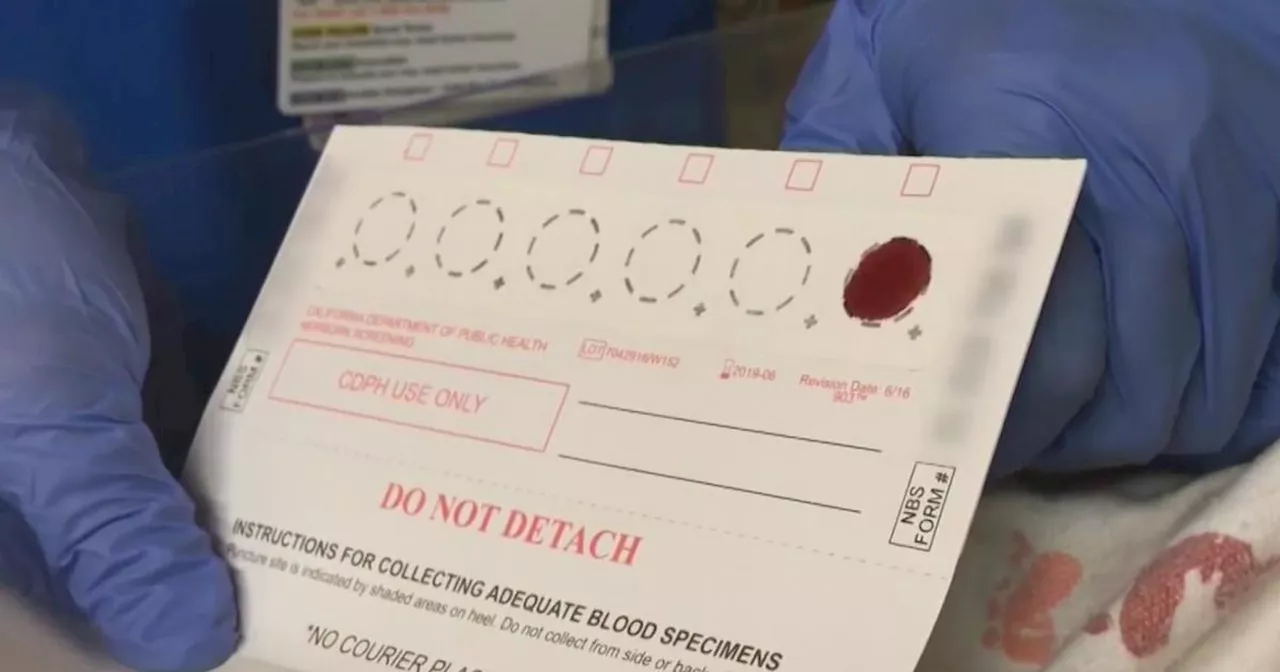The genome inside each of our cells is modelled by tension and torsion -- due in part to the activity of proteins that compact, loop, wrap and untwist DNA -- but scientists know little about how those forces affect the transcription of genes.
Transcription of a gene begins when RNAP binds to a 'promoter' DNA sequence and ends at a 'terminator' sequence where the mRNA copy is released. The canonical view of termination holds that after releasing the mRNA, RNAP dissociates from the DNA. A team of researchers has demonstrated how force plays a role in an alternative to canonical termination.
RNA polymerase is a type of protein that produces mRNA. It tracks processively along double helical DNA, untwists it to read the base pair sequence of only one strand and synthesizes a matching mRNA. Such"transcription" of a gene begins when RNAP binds to a"promoter" DNA sequence and ends at a"terminator" sequence where the mRNA copy is released. The canonical view of termination holds that after releasing the mRNA, RNAP dissociates from the DNA.
Furthermore, they found that the ability of a sliding RNAP requires the C-terminal domain of the alpha subunit to recognize a promoter oriented opposite to the direction of sliding. These subunits"allow it to stay on track, flip around and grab the other strand of the DNA double helix where another promoter might be," she said. Indeed, with the alpha subunits deleted, flipping around to oppositely oriented promoters did not occur.
"My hope is that one day we will have a spatio-temporal map of forces acting on the genome at various times during the life cycle of various types of cells in our organism. Our research highlighting the effect of forces on the probability of repetitive transcription may then help predicting and plotting, in a heat map sort of way, the different levels of transcription of different genes," Finzi said.
Human Biology Nervous System Biotechnology Biochemistry Research Genetics Organic Chemistry Biochemistry Microarrays
United States Latest News, United States Headlines
Similar News:You can also read news stories similar to this one that we have collected from other news sources.
 DNA may be a powerful predictor of educational success, new research suggestsResearchers at the University of York are calling for further exploration of the role DNA could play in predicting educational outcomes. The work is published in the journal Educational Psychology Review.
DNA may be a powerful predictor of educational success, new research suggestsResearchers at the University of York are calling for further exploration of the role DNA could play in predicting educational outcomes. The work is published in the journal Educational Psychology Review.
Read more »
 Organization of DNA in chromosomes can be explained by weak interactions between nucleosomes, research suggestsAn article by UAB professor Joan-Ramon Daban analyzes in depth the physical problems associated with DNA packaging that have often been neglected in structural models of chromosomes.
Organization of DNA in chromosomes can be explained by weak interactions between nucleosomes, research suggestsAn article by UAB professor Joan-Ramon Daban analyzes in depth the physical problems associated with DNA packaging that have often been neglected in structural models of chromosomes.
Read more »
 Building better DNA editors: Retrons raise the bar for gene researchWithin bacterial cells, specialized immune systems known as retrons fend off viral attacks. But that's not all they can do. Scientists, including Seth Shipman, Ph.D., at Gladstone Institutes, have shown that retrons also serve an important purpose in the lab: precise DNA editing.
Building better DNA editors: Retrons raise the bar for gene researchWithin bacterial cells, specialized immune systems known as retrons fend off viral attacks. But that's not all they can do. Scientists, including Seth Shipman, Ph.D., at Gladstone Institutes, have shown that retrons also serve an important purpose in the lab: precise DNA editing.
Read more »
 California Lawmakers Require State To Reveal Number Of Newborn DNA Samples Used For ResearchGov. Gavin Newsom signed a bill Wednesday prompted by a decade-long CBS News California investigation into California's newborn genetic biobank. The new law requires the California Department of Public Health to reveal the number of newborn DNA samples that the state is storing and the number of DNA samples that are sold to researchers each year, but it does not require disclosure of which researchers are purchasing the DNA or what they are using it for.
California Lawmakers Require State To Reveal Number Of Newborn DNA Samples Used For ResearchGov. Gavin Newsom signed a bill Wednesday prompted by a decade-long CBS News California investigation into California's newborn genetic biobank. The new law requires the California Department of Public Health to reveal the number of newborn DNA samples that the state is storing and the number of DNA samples that are sold to researchers each year, but it does not require disclosure of which researchers are purchasing the DNA or what they are using it for.
Read more »
 HHS Finalizes Rule on Research Misconduct to Foster Research IntegrityORI issued 2024 Public Health Service Policies on Research Misconduct to increase transparency, efficiency, and objectivity in research misconduct proceedings.
HHS Finalizes Rule on Research Misconduct to Foster Research IntegrityORI issued 2024 Public Health Service Policies on Research Misconduct to increase transparency, efficiency, and objectivity in research misconduct proceedings.
Read more »
 Scripps Research Institute, Fellow Position, Fall 2025 - La Jolla, California job with Scripps Research InstituteScripps Research Fellows are intended to be scientists of exceptional promise and creativity who have recently completed their Ph.D. training, or with limited postdoctoral experience (| 1 year).
Scripps Research Institute, Fellow Position, Fall 2025 - La Jolla, California job with Scripps Research InstituteScripps Research Fellows are intended to be scientists of exceptional promise and creativity who have recently completed their Ph.D. training, or with limited postdoctoral experience (| 1 year).
Read more »
